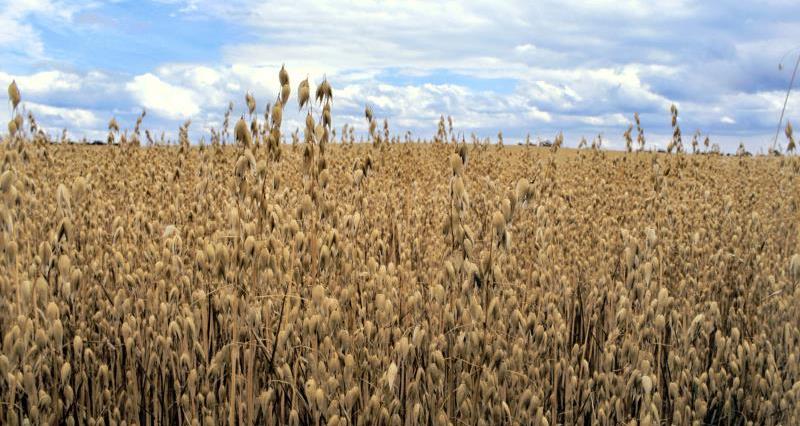Mycotoxins are produced by certain fungi and levels found in unprocessed and processed food products are closely monitored.
The EU has recently updated Regulation (EU) 2023/915 that sets limits on the levels of certain mycotoxins found in products produced in, or exported into, the EU.
DON maximum levels
The maximum level for DON (deoxynivalenol) has been lowered from 1250 ppb to 1000 ppb for unprocessed cereal grains (excluding oats).
The maximum level in unprocessed oat grains with husk remains at 1750 ppb.
A maximum level of 600 ppb has been set for DON in milling products of cereals.
T-2 and HT-2 maximum levels
Maximum levels (sum) of T-2 and HT-2 toxins have been set as follows, reflecting previous EU guidance levels.
- Unprocessed cereal grains (excluding barley) – 50 ppb.
- Unprocessed barley grains (excluding malting barley) – 150 ppb.
- Unprocessed malting barley grains – 200 ppb.
- Unprocessed oat grains with husk – 1250 ppb.
- Oats placed on market for final consumer – 100 ppb.
- Milling products of oats – 100 ppb.
These maximum levels will apply to cereals and cereal products destined for the EU food market, as well as exports to Northern Ireland, who will also be operating under these limits.
The UK Flour Millers association has reassured members that domestic millers do not appear to be changing intake specifications this harvest, but this will be kept under review.
We suggest that you check with your buyer that requirements have not changed.
Similarly, the BOBMA (British Oat and Barley Millers’ Association) have assured growers that “mycotoxin regulations for T-2/HT-2 in Great Britain will not change as a result of new EU legislation; there are no maximum levels in Great Britain for these mycotoxins”.
“As is currently the case, there may be some instances where millers export finished products around the world, including Europe, which have enhanced grower requirements. Where this is the case, specific contract requirements will be communicated by the relevant miller.”
Mycotoxins in cereals
DON, T-2 and HT-2 mycotoxins are produced by some types of fusarium fungi, which can also produce mycotoxins such as ZON (zearalenone) and fumonisins.
In the UK, DON is of greater concern in wheat crops. DON is most commonly produced by Fusarium graminearum and Fusarium culmorum, with rain at flowering and harvest being the biggest risk factors.
With the wet weather seen this year, there is a greater risk of mycotoxin production.
T-2 and HT-2 mycotoxins are of greater concern in oats, predominantly produced by fusarium langsethiae.
There are a number of actions you can take through the year to reduce the risk of fusarium mycotoxins in wheat crops.
- Crop residue on the soil surface can harbour fusarium inoculum, therefore ploughing or intensive cultivation can reduce risk.
- Risk is greater after a maize crop, therefore aim to avoid wheat sown after maize in your rotation.
- The AHDB Recommended List provides information on resistance to fusarium ear blight and should be consulted when choosing varieties.
- A T3 application of a fungicide with activity against fusarium and/or mycotoxin production can reduce the risk.
AHDB provides further information about managing risks and identifying the signs of fusarium.
The AHDB risk assessment for fusarium mycotoxins in wheat can also be a useful tool for assessing risk in barley.

